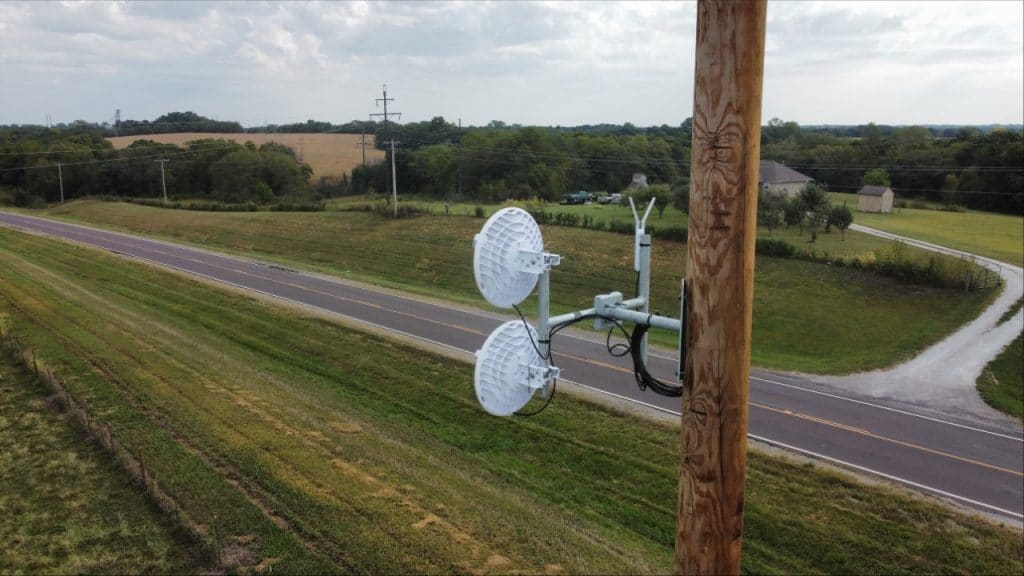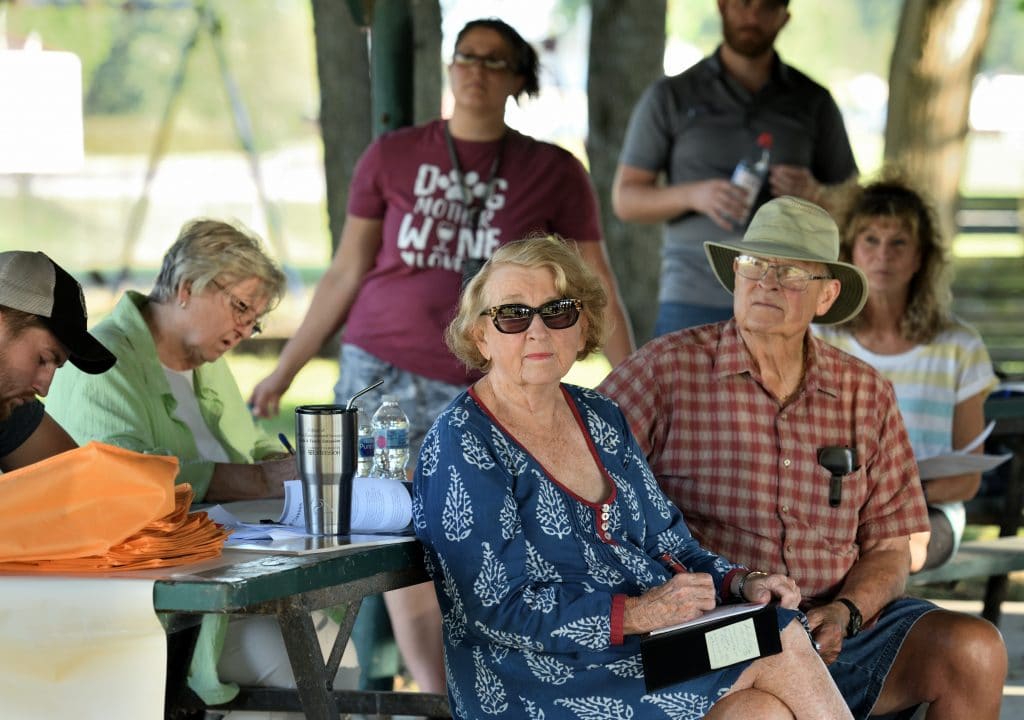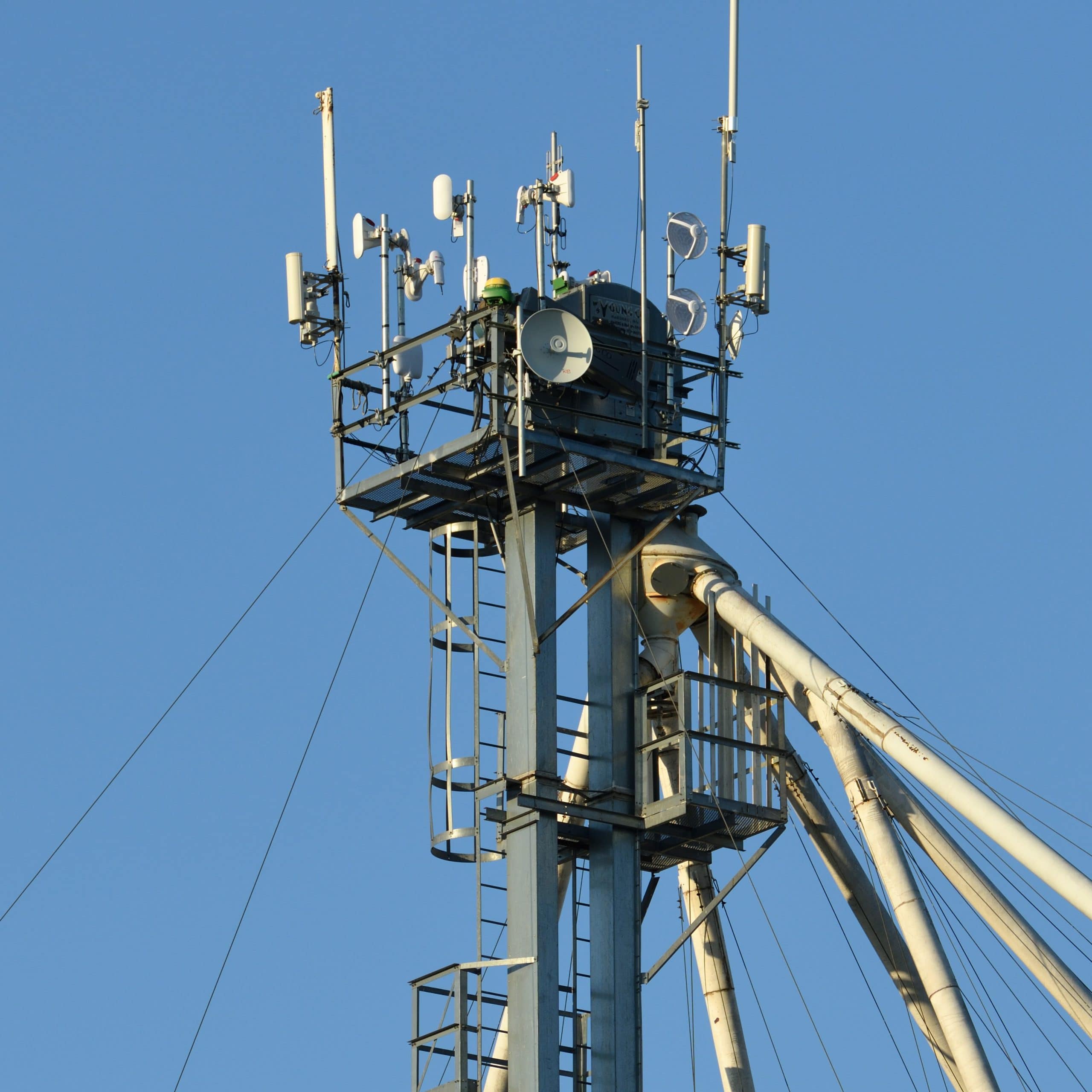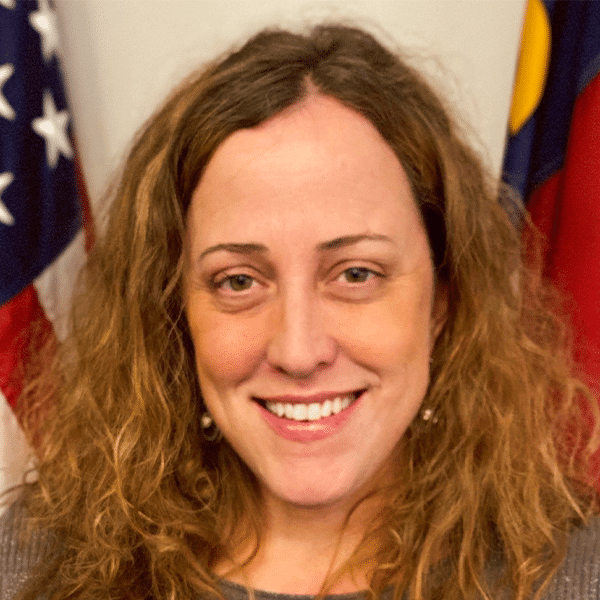A trial of fixed wireless technology in the small rural Missouri town of Turney aims to use machine learning to improve service.
An intelligent router and a machine learning algorithm will be used to predict which household needs more bandwidth when “so everyone has a high level of service,” explained Dr. Casey Canfield, assistant professor of engineering management and systems engineering at Missouri University of Science and Technology (Missouri S&T), in an interview with Telecompetitor.
Missouri S&T is one of several entities partnering on the project, along with Worcester Polytechnic Institute; University of Missouri Extension and Exceed; The Clinton County Initiative, which is a part of The Community Foundation of Northwest Missouri’s Maximize NWMO Regional Vitality Initiative; and United Fiber, a subsidiary of United Electric Cooperative.
The Turney pilot project received funding from US Ignite and the National Science Foundation. It was one of several projects that received funding through US Ignite’s Project OVERCOME, which was designed to bring broadband to unconnected communities via “novel” solutions.
As Canfield explained, United Electric Cooperative has fiber about two miles from Turney but justifying the investment to bring wireline broadband to the town was difficult because of the town’s small population (148 as of the 2010 census).
Residents will now be served, instead, via fixed wireless equipment installed on a grain elevator, the tallest structure in the town. The offering is designed to support speeds of 100 Mbps downstream and 25 Mbps upstream.
The equipment on the grain elevator (pictured in the thumbnail image at the top of this post) will connect to the utility company’s fiber via a millimeter wave connection. The project will use three antennas for the backhaul connection.
That approach was chosen because, as Canfield explained, “If one breaks, it will be easier to swap out.”

Social Issues
Project organizers also will explore technical and social issues related to the new offering.
On the technology side, the Missouri fixed wireless project will explore whether the intelligent router improves quality of service and whether performance differs depending on whether it is located at the grain elevator or upstream at the fiber link.
On the social impact side, researchers will attempt to gauge the economic impact of having faster internet connectivity in Turney.

A preliminary survey in Turney and a similar community will be followed with a later survey in both communities.
The goal is to “figure out if there are systematic differences between Turney and similar communities,” Canfield said.
The hope is that people in Turney will report more positive experiences and outcomes as a result of having better broadband. For example, the survey will seek to determine if Turney resident have experienced better healthcare or are more interested in starting a business after experiencing better broadband.



